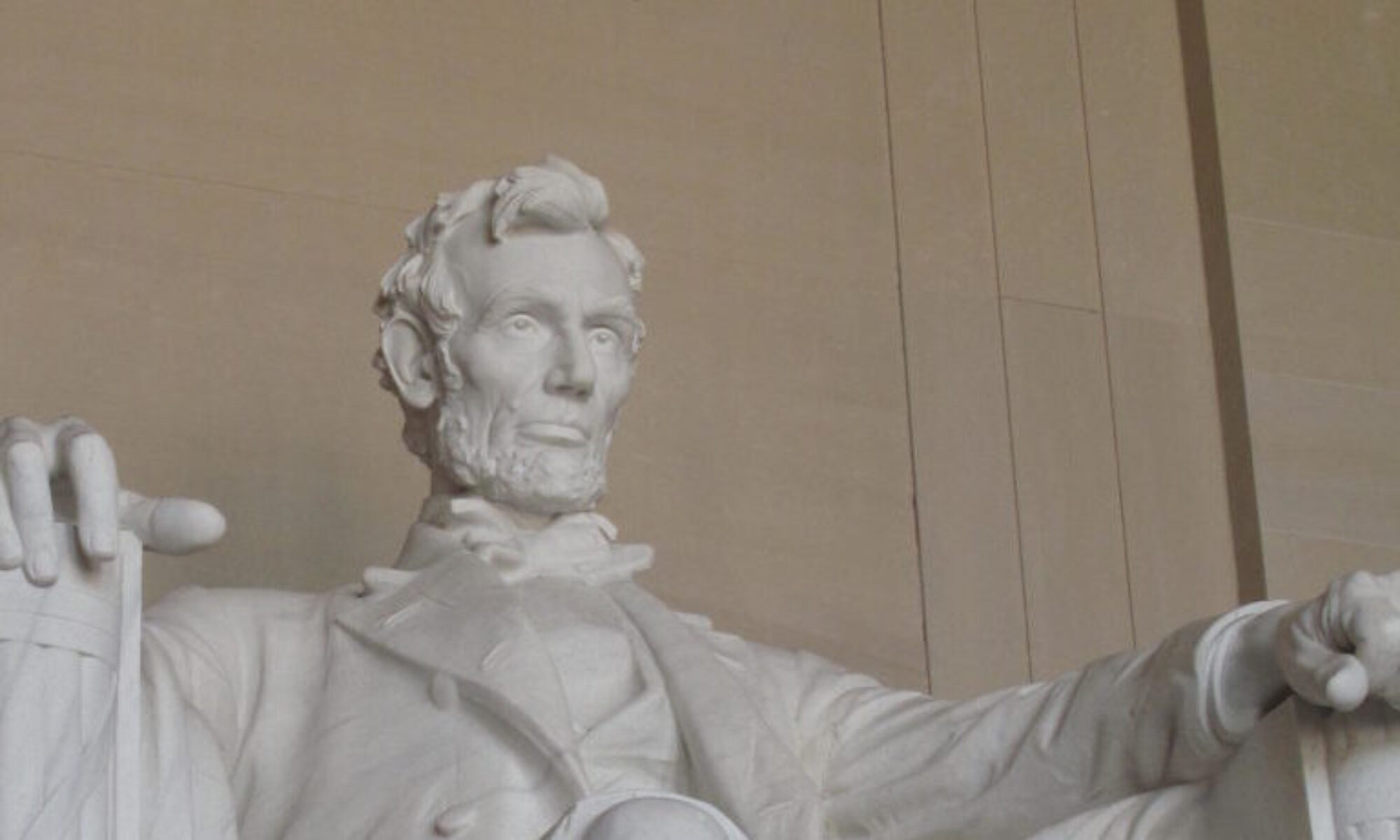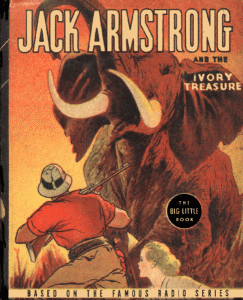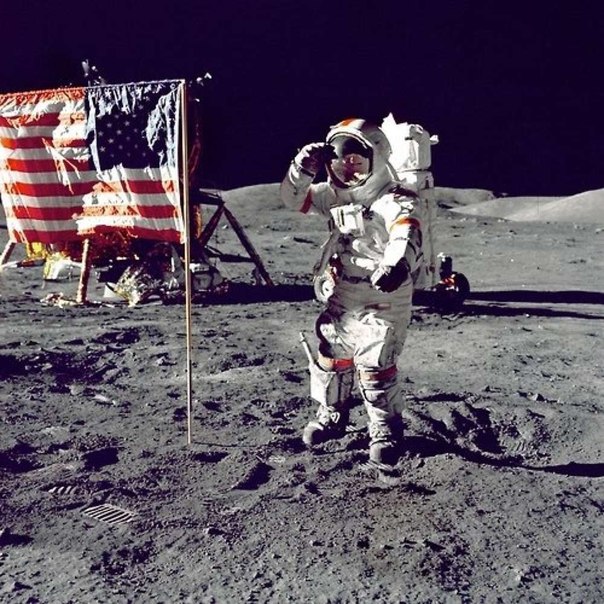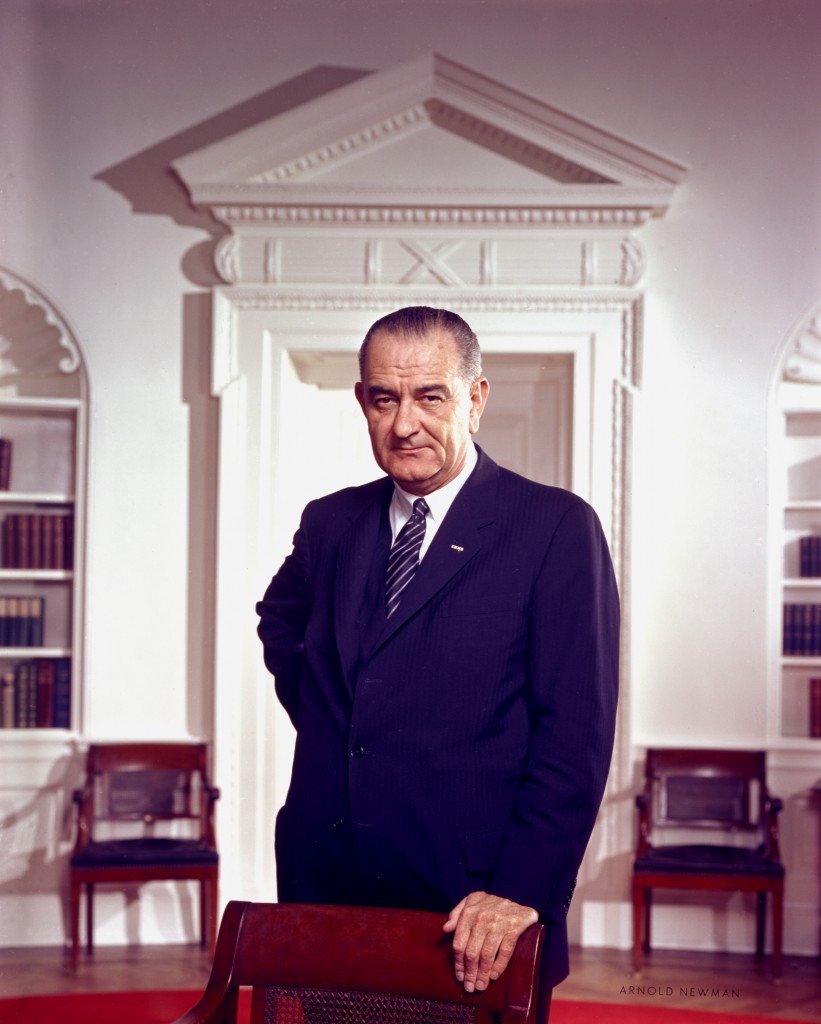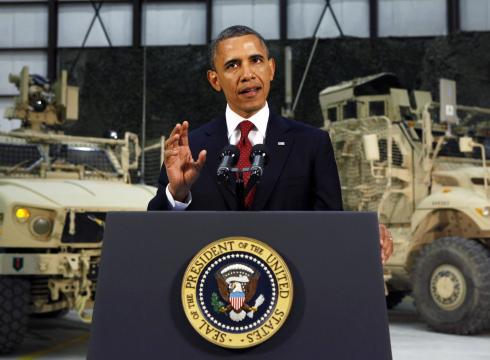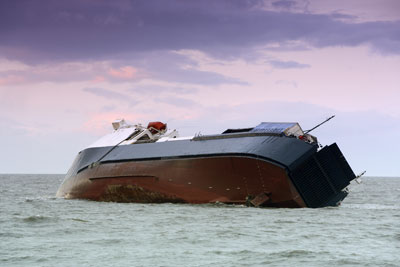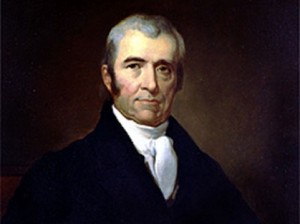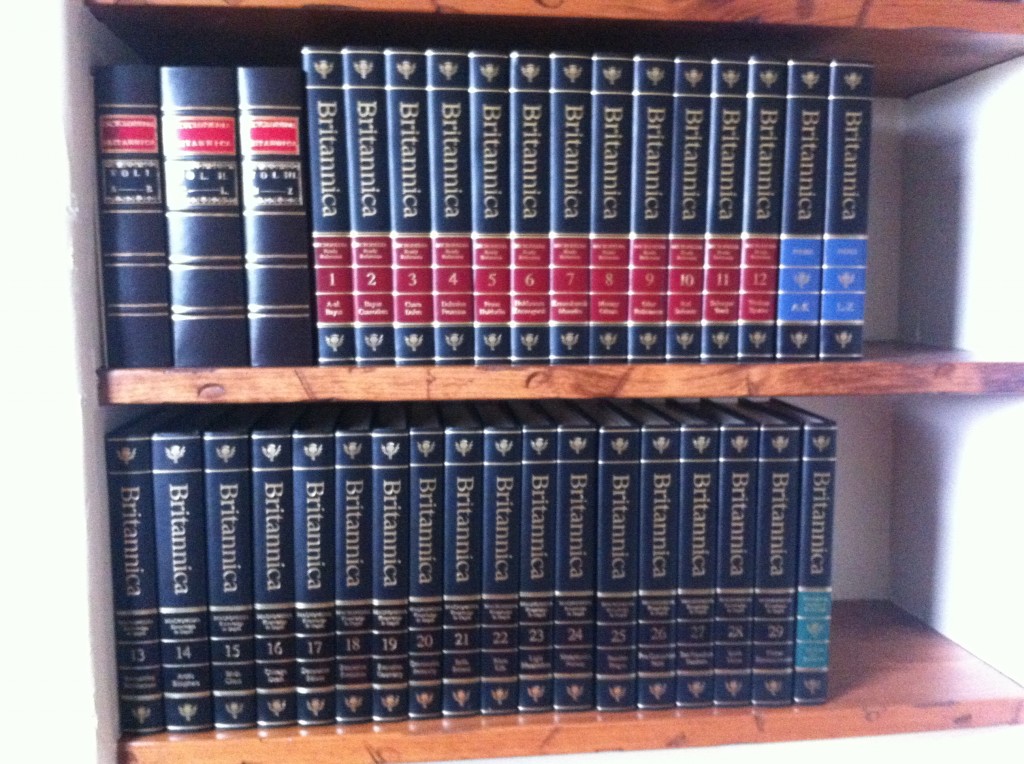 The country has now survived the two packaged events once known as political conventions, and the early indications are that not much has changed in the snapshot of the November contest. The President holds a several point lead over Mitt Romney that continues to be paced on something obliquely referred to as a “likeability ” factor and a general sense that the President speaks for the everyguy. Its the “everyguy” that is the facinating feature to me, and how that has changed so dramatically in the course of my lifetime – specifically, what apparently the “everyguy” cares about.
The country has now survived the two packaged events once known as political conventions, and the early indications are that not much has changed in the snapshot of the November contest. The President holds a several point lead over Mitt Romney that continues to be paced on something obliquely referred to as a “likeability ” factor and a general sense that the President speaks for the everyguy. Its the “everyguy” that is the facinating feature to me, and how that has changed so dramatically in the course of my lifetime – specifically, what apparently the “everyguy” cares about.
Jennifer Rubin of the Washington Post has a spot on commentary as to what the Democratic Party image has become as reflected at the convention and is a must read. The party has morphed into a series of two dimensional pictures at an exhibition, each a specific image of grievances bound together only by the intensity of their sense of grievance. The African American political activist at one time energized by the fight for civil rights and the concept of individual liberty, now consumed with the fight for monolithic governmental benevolence. The 30 year old female law student, having achieved equal access to the law, now wanting the law to assure her free birth control as the signature achievement of her educational journey. The public union leader, who has turned the concept of public service into the responsibility of the public to serve the public official. All together, strident pictures of an America not founded on elevated ideas of personal liberty and freedom to succeed, but an America that is owed something, and the something that is owed, is owed by one American to another.
And the framer of all these disparate pictures, the artist in chief, President Obama. The lofty goal setter of 2008, with a vision of a healed planet and oceans whose rise is slowed, was no where in sight at the president’s acceptance speech. That Obama was replaced with the plea bargainer, asking for more time to achieve the transformation of America from the united vision of the founders to the land of “at least I got mine”. There was no mention anywhere of the approaching calamity of trying to support those entitled, on the backs of those who would provide the means for the entitlement. Rubin states it perfectly:
So then it wasn’t merely that Obama let lose the rent-seekers (and birth control-seekers and free-education-seekers). No, he needed them to fill up the space and the airwaves, to promise that no matter what (fiscal crisis, recession) he will still be there to cater to the whims and demands of the constituent groups. Sure the economy is bad, but whose going to give you free college tuition?
It’s ludicrous, of course. If the economy doesn’t improve and we don’t avoid the fiscal cliff, we’ll be taking away, not handing out stuff. This is the “austerity” against which the liberals inveigh. In fact, they are driving us ever closer to the point where we will will have to quickly and severely cut out the handouts.
It is, as conservatives have said for so long, the Western European syndrome. As we spend and cater to the demanding crowd, we push ourselves closer and closer to the point where both the excessive demands and actual needs will go unmet.
Indeed. Yet the pictures as idealized as they are painted by the President can not hide the crumbling edifice beneath. The promises of an economy put forth by this President that would equalize risk and reward, and therefore elevate all – the socialist ideal – is sliding into a malaise that may prove beyond any of our control. The policy of picking winners has led to more and more Americans simply giving up on their efforts to find their way. August 2012 employment figures show the unemployment rate dropped due to an ever increasing number of Americans who have simply stopped looking for work. These are the pictures the artist in chief could not reveal – the student graduate in their twenties who can’t get started and the laid off workers in their fifties who have recognized there won’t be one more chance out there to finally get things right. This country is increasingly looking like just another failed state, with no idea how to move forward and no will to adjust priorities.
The American everyguy used to be someone who regardless of personal circumstances could sense the larger picture, feel when the country was dangerously surging off kilter, and recognize the need to right the ship of state.
The election in November looms large. We need the “everyguy” to step up and do what is necessary. We need to change the artist, if we have any hope of changing the picture of our future.
